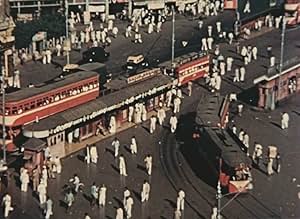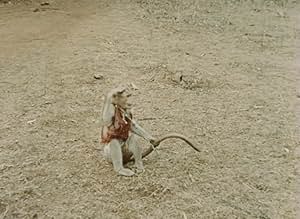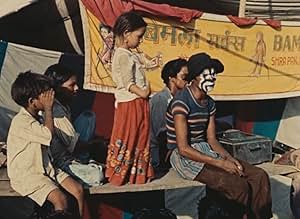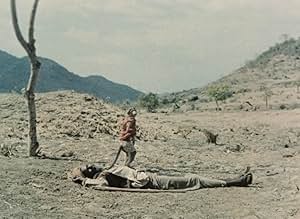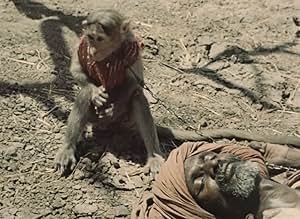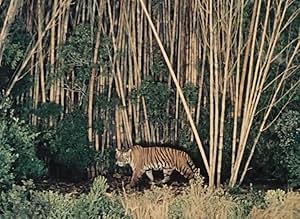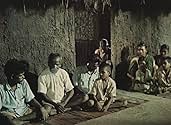Adicionar um enredo no seu idiomaSeveral stories depicting the landscapes and fauna of India are mixed with documentary footage.Several stories depicting the landscapes and fauna of India are mixed with documentary footage.Several stories depicting the landscapes and fauna of India are mixed with documentary footage.
- Prêmios
- 2 indicações no total
Enredo
Você sabia?
- CuriosidadesSonali Senroy DasGupta, then Rosselini's wife produced the film,
- Citações
Narrator: When faced with death, the general belief is that when a man dies, his life doesn't end, because he's reincarnated in another. But no one knows in whom. Therefore, all men are brothers.
- ConexõesReferences Jagte Raho (1956)
Avaliação em destaque
Perhaps it was the incredibly washed-out, virtually monochrome print. Perhaps it was the non-stop painful soundtrack of bird noises. Perhaps it was the overbearing, condescending ceaseless narration.
But mostly this supposed masterpiece reminded me of schoolroom educational films. The camera work is not particularly great; we learn little about actual (as opposed to staged) life in India; though closely immersed in local settings, there is virtually no geographic, historic or temporal overview to guide us; and the staged sequences come across as forced and distancing, most alarmingly with the monkey sequence at the end (it verges on flat out cruelty). Other sections have sudden and jarring outcomes that work entirely against the drawn-outness of the rest.
I can't think of a film that has aged less well than this basic documentary. Just because it's by a master doesn't make it a masterpiece. And yes, I watched it closely, understood its structure and themes and so forth. There are good sequences in the film (the elephant logging and dam building in particular evoke a clearly dichotomous relationship with nature) but it could have been well-trimmed, better contextualized, and shorn of its irritating narration.
What we have here is an outsider's, deastheticized, desaturated, scattershot, only slightly empathetic view of India. Let the images speak! And, most of all, let the Indians speak for themselves. It's taken 50 years to realize we should give them the cameras (Born into Brothels comes to mind.)
But mostly this supposed masterpiece reminded me of schoolroom educational films. The camera work is not particularly great; we learn little about actual (as opposed to staged) life in India; though closely immersed in local settings, there is virtually no geographic, historic or temporal overview to guide us; and the staged sequences come across as forced and distancing, most alarmingly with the monkey sequence at the end (it verges on flat out cruelty). Other sections have sudden and jarring outcomes that work entirely against the drawn-outness of the rest.
I can't think of a film that has aged less well than this basic documentary. Just because it's by a master doesn't make it a masterpiece. And yes, I watched it closely, understood its structure and themes and so forth. There are good sequences in the film (the elephant logging and dam building in particular evoke a clearly dichotomous relationship with nature) but it could have been well-trimmed, better contextualized, and shorn of its irritating narration.
What we have here is an outsider's, deastheticized, desaturated, scattershot, only slightly empathetic view of India. Let the images speak! And, most of all, let the Indians speak for themselves. It's taken 50 years to realize we should give them the cameras (Born into Brothels comes to mind.)
- bgilch
- 16 de abr. de 2007
- Link permanente
Principais escolhas
Faça login para avaliar e ver a lista de recomendações personalizadas
Detalhes
- Tempo de duração1 hora 30 minutos
- Mixagem de som
- Proporção
- 1.37 : 1
Contribua para esta página
Sugerir uma alteração ou adicionar conteúdo ausente

Principal brecha
By what name was India: Matri Bhumi (1959) officially released in Canada in English?
Responda
